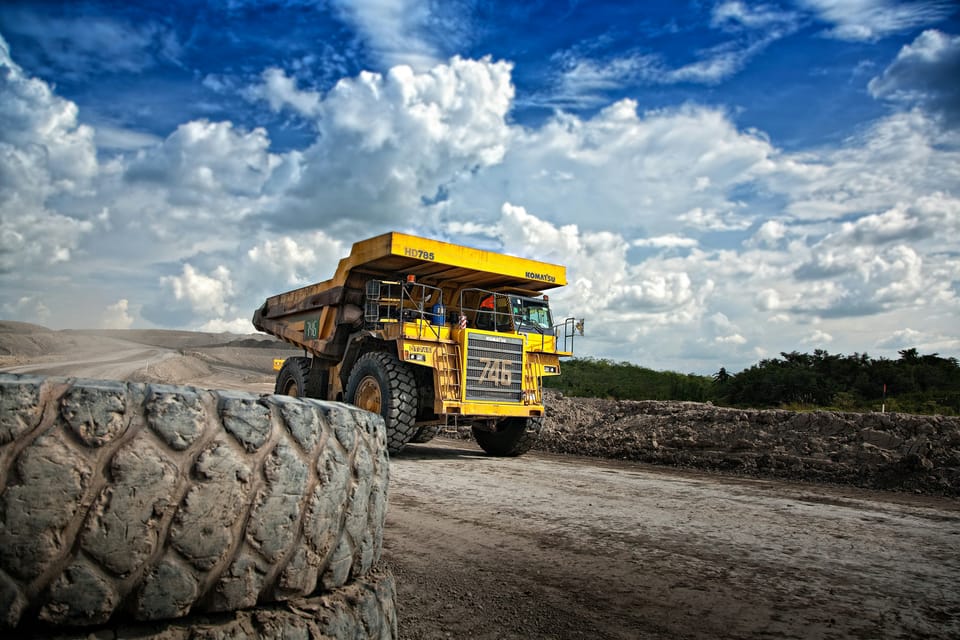Mining sector seeks to streamline sustainability with consolidated mining standard

Four industry associations have teamed up to create a consolidated mining standard covering 24 sustainability, health and safety, human rights and governance topics – with a consultation now open until December 16, 2024.
The Consolidated Mining Standard Initiative (CMSI) was launched this month by industry associations The Copper Mark, the Mining Association of Canada, ICMM and the World Gold Council, with the goal of simplifying the current mining standard landscape while improving sustainability in the sector at a time when demand for energy transition minerals is spiking.
The draft standard includes 24 ‘performance areas’ – from corporate requirements and business integrity to human rights, child labour, climate action and biodiversity – and comes with a governance model, assurance process, and reporting and claims policy, all of which are also open for consultation.
Once finalised, the standard would be used by members of the aforementioned associations, giving it “the widest coverage of any voluntary mining standard to date”, with around 100 mining companies across approximately 600 operations in around 60 countries potentially implementing it, CMSI predicts. Members of ICMM alone include Anglo American, BHP, Codelco, Rio Tinto and Sibanye-Stillwater, among others.
Consolidated mining standard: Structure and requirements
The draft standard builds on the sustainability and responsible mining work achieved by each industry associations and presents three levels: ‘foundational practice’, a starting position with minimum industry standards from which facilities should seek to improve over time; ‘good practice’, in line with industry standards and international norms and which “all responsible mining companies should aim to achieve”; and ‘leading practice’, which goes beyond good practice and demonstrates leadership.
As an example, when it comes to climate action, committing to reduce corporate-level emissions, conducting an assessment of climate-related risks and opportunities and establishing governance processes to handle them would be the minimum requirement to achieve ‘foundational practice level’.
Beyond that, making TCFD-aligned commitments, disclosures and scenario analysis, setting Scope 1 and 2 emissions reduction targets and quantifying and monitoring Scope 3 emissions would award a company the ‘good practice’ level.
Finally, the ‘leading practice’ level requires firms to include Scope 3 emissions in their reduction targets, publish a robust climate transition plan, disclose the use of carbon offsets, invest in climate adaptation, integrate an internal carbon price, commit to net zero by no later than 2050, and regularly report on progress or remediate lack of progress.
Miners committed to ‘nature positivity’
In January 2024, ICMM launched a five-point plan to make the industry nature-positive, which included protecting and preserving all legally designated protected areas, halting biodiversity loss within operations and value chains and restoring natural landscapes around operations through collaborations with Indigenous Peoples.
The plan is reflected in the consolidated mining standard, with all levels requiring the prohibition of operations in and around World Heritage sites and the identification and avoidance of biodiversity impacts.
A 'multi-stakeholder oversight system'
CMSI adds that the standard development process has been guided by two advisory groups: one comprising industry representatives, and the other bringing together a diverse range of voices from stakeholders, including NGOs, investors, Indigenous groups, downstream customers and multilateral organisations – creating a “multi-stakeholder oversight system”.
This was one of the recommendations made by a coalition of NGOs for the development of a critical minerals supply chain standard last April, though they went further in suggesting “equal and shared governance with affected rights holders and civil society organisations”.
Public consultation documents can be accessed here.







Member discussion